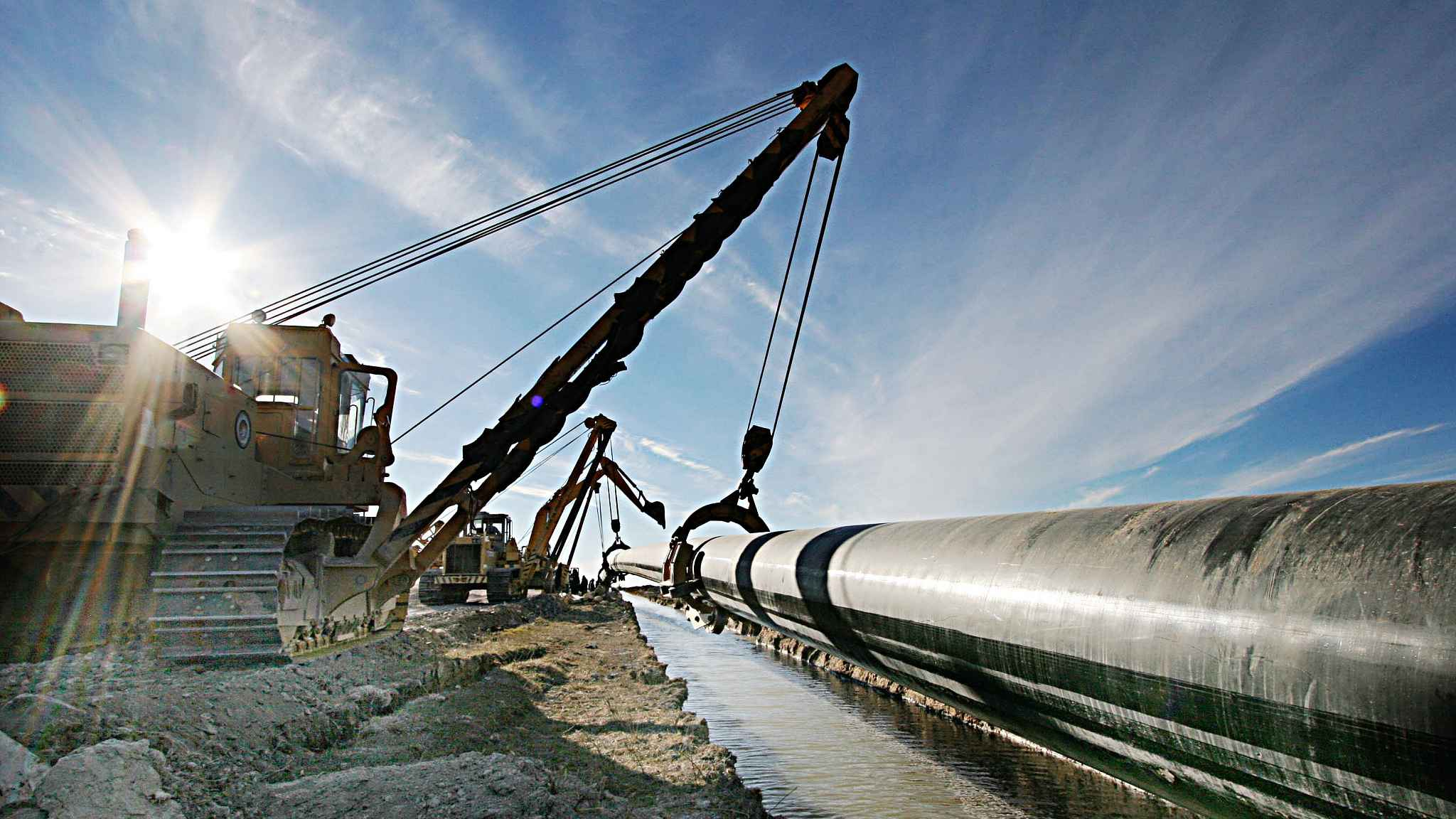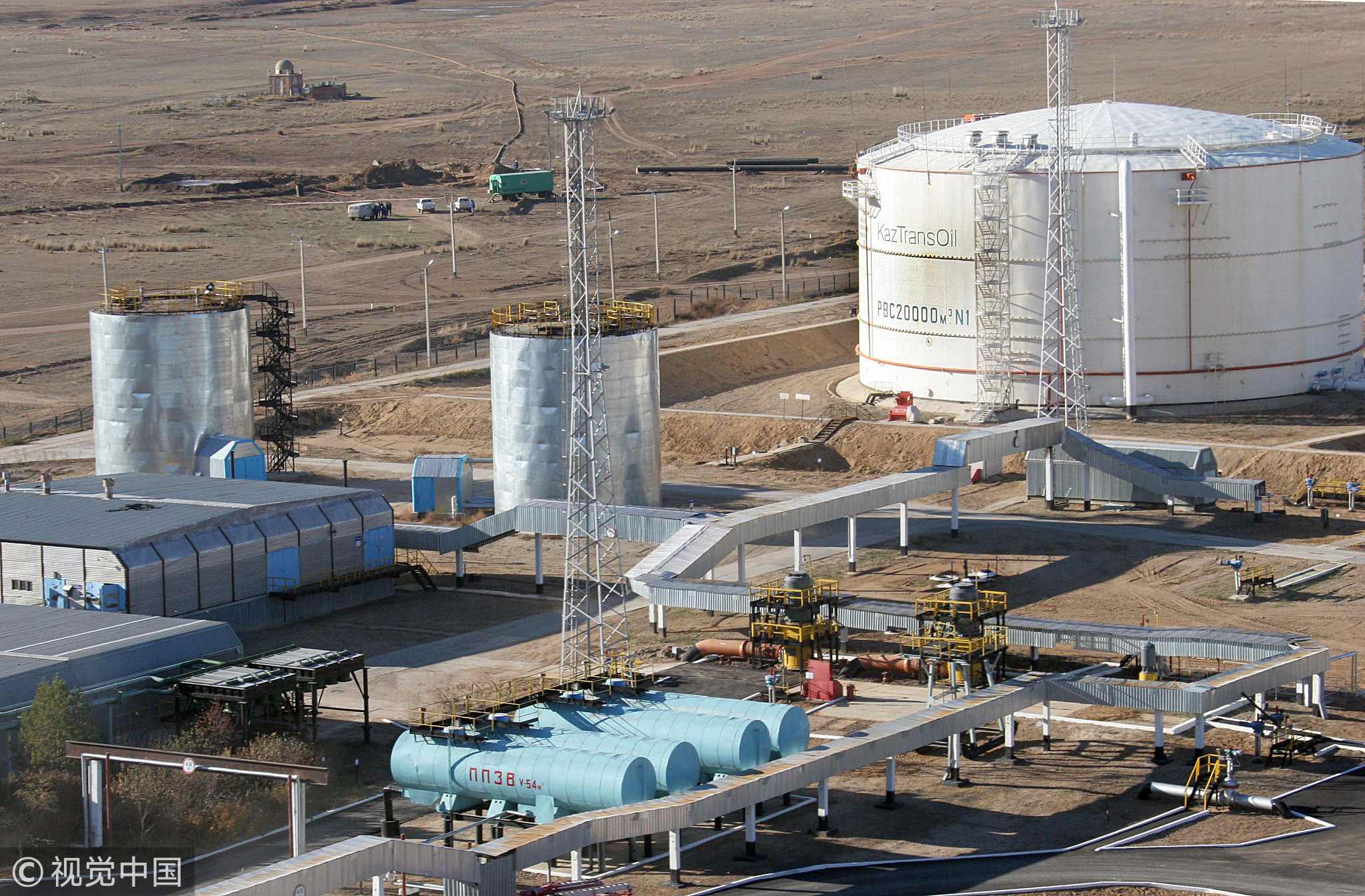
Politics
11:26, 04-Jun-2018
Chinese-Kazakh pipeline seen as key example of SCO cooperation
By Michal Bardavid
02:39

A joint mega energy project by Kazakhstan and China is being praised as a supreme example of the type of synergy that can be generated by the Shanghai Cooperation Organization, whose leaders meet next weekend in Qingdao, China.
The Atasu-Alashankou oil pipeline was created by the Chinese and Kazakh governments and launched in 2004.
President of the Republic of Kazakhstan Nursultan Nazarbayev called it the “pinnacle of investment” between the two countries as they are equal partners in the pipeline.
The project cost over 1 billion US dollars and is Kazakhstan’s first export pipeline with direct access to a foreign country. It is also used to transit Russian gas. More than 2,400 specialists undertook the project which is 987 kilometers long.

The Atasu head pumping station located in the area of Dzhezkazgan /VCG file photo
The Atasu head pumping station located in the area of Dzhezkazgan /VCG file photo
The Shanghai Cooperation Organization, known as the SCO, aims to improve the standard of living of the peoples of the member states; the Atasu-Alashankou pipeline seems to have done so for many Kazakh citizens.
The general director Alen Tanatarov says the project “creates a great opportunity for the people living in the villages, living in the small towns to be employed, to find jobs…
"And for the young people to start their career in the oil and gas sector which is one of the leading sectors in Kazakhstan.”
Through the equal partnership, the pipeline project seems to have also strengthened Chinese-Kazakh relations.
Tanatarov says the experience of working together has been mutually enriching and that both sides “benefit from each other professionally, but also benefit from personal relationships” as they learn more about each other’s cultures.
Many experts believe projects such as this pipeline has increased interest in taking part in China’s Belt and Road Initiative that focuses on connectivity. An expert on China at the Institute of World Economics in Almaty Kazakhstan, Rouslan Izimov says he sees “a spreading trend" to develop relations with China.
"Many countries, even at the south of Europe, the UK, such big countries are also trying to fit in the chain of the Silk Road and Belt and Road initiative,” he said.
In 2017, over twelve million tons of oil was transported through this pipeline. The Kazakh and Chinese governments hope to reach closer to the maximum capacity of 20 million tons in the coming years.

SITEMAP
Copyright © 2018 CGTN. Beijing ICP prepared NO.16065310-3
Copyright © 2018 CGTN. Beijing ICP prepared NO.16065310-3